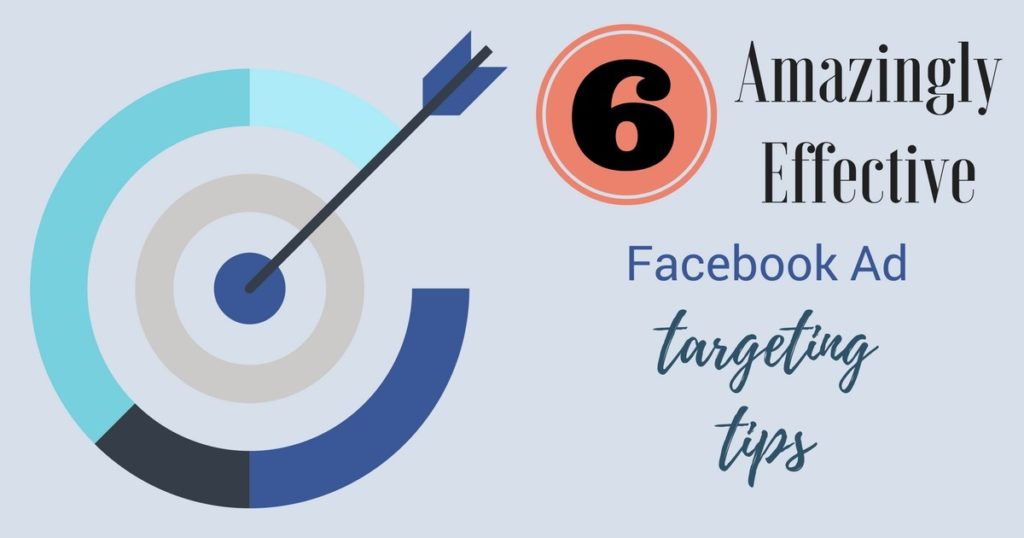
Facebook advertising has become a popular marketing strategy for BtoB companies. Google Ads and Yahoo! Compared to advertising, it is easier to set up advertising even without operational expertise, making it an easy strategy for companies just starting out.
However, Facebook ads, Google ads, Yahoo! As with advertising, features are updated daily, so you’ll need to keep up to date with the latest information yourself.

This time, we’ll show you some methods you can use right now to maximize the effectiveness of your Facebook ads.
Facebook ad library where you can refer to other companies’ ads

When running Facebook ads, most people think about how to proceed by referring to ads from other companies, including competitors. You can actually look at the Facebook ads displayed on your personal account and take screenshots of the ones that interest you.
However, the ads displayed on personal accounts are limited because they are targeted by one creative and ad. If you want to see ads from a specific company, such as a competitor’s, we recommend the Facebook Ads Library.
The Facebook Ads Library lets you see ads running across Facebook’s apps and services. Before searching for keywords or advertisers, click “Search All” above the search window. Once it turns green, you’ll be able to see all of your ads.
You can only see the ads currently running, and you will no longer be able to see them once the ads are finished, so we recommend that you make a backup.

Eliminating the 20% rule for advertising images and making highly designed images free of charge
Facebook ads have a rule that limits the amount of text in images used to less than 20%. If the amount of text exceeds 20% of the image area, delivery may be restricted, such as the ad’s reach being limited or not being delivered at all.
This rule was repealed in September 2020, and while there is no longer a rule to limit the amount of text, it is recommended that images contain no more than 20% text for performance reasons.

Although it is recommended to keep it below 20%, text-based creatives are now being seen in many companies’ Facebook ads.
You can also use high-quality images for free in Facebook ads. Shutterstock is a stock photo service that lets you choose from millions of images to use in your ads.
This is highly recommended if you do not have in-house production resources or free images that match your advertisement.

Lead acquisition advertisement to attract seminar customers
Facebook advertising is said to be compatible with seminars (webinars) in BtoB marketing. “Lead generation advertisements” are recommended for attracting customers for seminars.
Facebook has a high proportion of mobile users, and many applications for seminars come from mobile. If seminar details and applications are easy to view and apply on mobile rather than PC, you can expect a higher number of applications.

Lead generation ads are available exclusively on mobile and allow you to capture leads within Facebook. Specifically, we will use Instant Form to set up a simple LP and application form on Facebook. The visuals of the ad are the same as other Facebook ads, but after clicking, you will not be redirected to another site and will complete the application within Facebook.
Since you can easily change the items on the application form, you can immediately improve the EFO, and since it can be linked with CRM tools, there is no need to input data.

Facebook ads can also be retargeted and expanded to similar users!
Google Ads has remarketing ads that approach users who have visited your website, and you can do similar targeting with Facebook Ads.
Similar to Google Ads, by inserting a retargeting tag (called a pixel in Facebook Ads) on a website, it accumulates the user’s visit history. Then, with Facebook Ads Custom Audience, you can set a target group and deliver ads to users who have visited within up to 180 days.
However, if you are already running remarketing ads with Google Ads, there is a risk that they will clash with retargeting ads with Facebook ads and cancel out the effectiveness of each ad, so we recommend doing one of them. Masu.
You can also target similar users on Facebook based on the user’s visit history. This can also be set in Custom Audience, so you might want to give it a try.

Micro conversion is the key to maximizing effectiveness
Facebook ads also use machine learning, just like Google ads.
After setting up and publishing a Facebook ad, there will be an “information collection period” during which we will automatically select users who are likely to convert for the purpose you set in advance (viewing, clicking, downloading materials, etc.). , collect the necessary information.
Once Facebook’s machine learning has collected the minimum amount of information necessary for conversion optimization, the “information collection period” changes to “active” and ads are served.
The key to maximizing the effectiveness of Facebook ads depends on where you set your goals. This is where the concept of micro-conversion becomes important.
The original purpose of Facebook advertising is to acquire leads, and for that purpose, we set conversions such as downloadable materials, seminars, and inquiries, but microconversions are the reach and clicks that occur before that.
If you set conversion as the ultimate goal with Facebook advertising, there will be cases where you will not be able to collect enough information and will not be able to move to an active stage. If your goal is to acquire leads, it’s a good idea to start by setting clicks as microconversions and aiming to maximize clicks.
The standard for collecting information is 50 or more conversions per week, so you can gather enough information with just clicks. We recommend maximizing clicks while improving subsequent operations.

summary
- If you want to know the ads of a specific company, such as a competitor, we recommend the Facebook Ads Library.
- Use millions of images from Shutterstock for free in your Facebook ads
- Facebook ads allow you to retarget users who visited within the last 180 days.
- Microconversions are important to make the most of machine learning in Facebook ads


